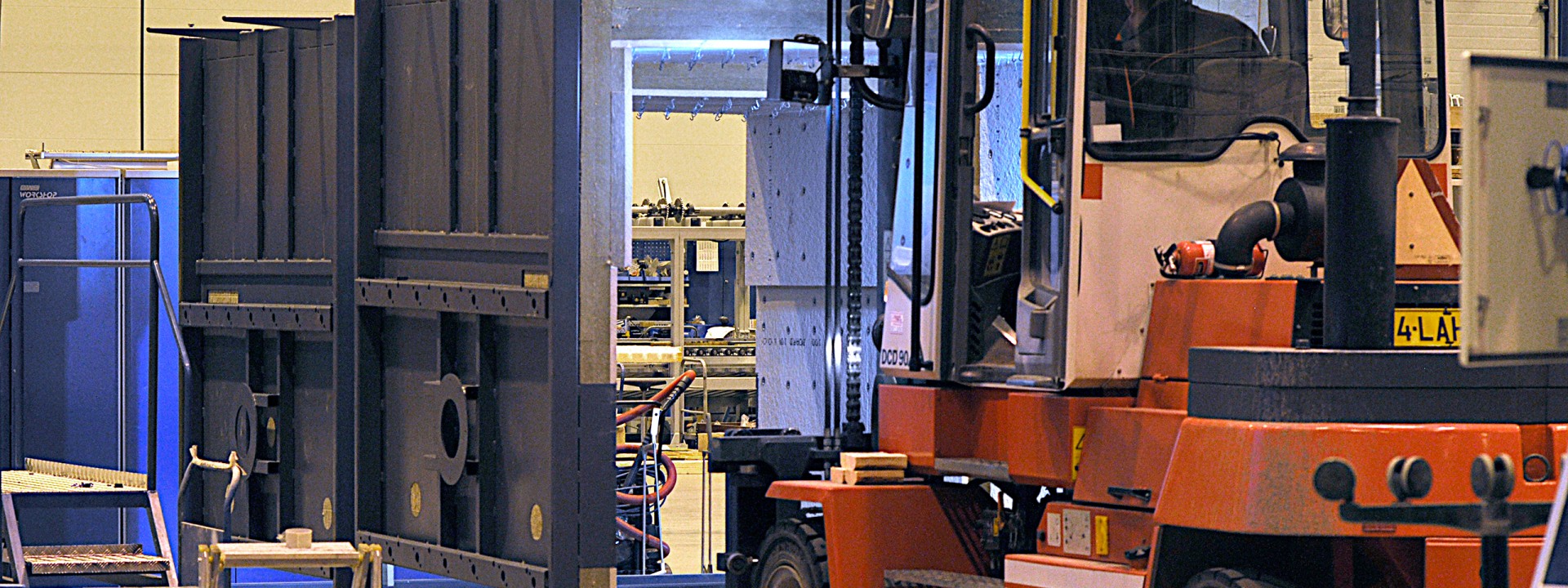
Getting a tempering line up and running smoothly requires planning and cooperation between the buyer and the supplier. In some cases, several years of strategic thinking are needed before a final decision about the tempering line supplier and machine type has been made. Manufacturing a factory-fitted tempering furnace takes several months after the order has been placed. While waiting for the new equipment to arrive, there is a lot of preparation work to be done.
I have witnessed many machine deliveries from the machine suppliers’ side. And one thing is clear: the better the buyer is prepared and organized, the easier and quicker the new line can be ready for production and making money.
Every tempering furnace delivered has its own story. Yet all of those projects have something in common as well. The following 10 steps should be taken into account by the buyer for a successful project.
1. Make sure that the new tempering line will meet your requirements – use the Buyer’s Guide
Before you choose the machine type and supplier, there area several issues to take into consideration. To make this easy, we’ve written a Tempering Line Buyer’s Guide that includes everything from reasons to invest to common pitfalls. This is an extensive package that I highly recommend for all buyers to read through.
Register here to download a free copy of the unique and extensive Tempering Line Buyer’s Guide, which you can find from the Resources section.
2. Prepare the technical documentation as early as possible
In most cases, the manufacturing of your new line can’t be started until the final factory-fitted machine setting has been determined and approved. The machine supplier will also need your site-specific electrical, including voltage, frequency and variations, as well as environmental data, such as maximum temperatures, humidity and other. Make sure to provide the required technical information already during the initial phase of the negotiations. Ask all potential machine suppliers to make a layout proposal based on your factory layout. This will save time later on – and minimize the delivery time!
3. Nominate a project team
Latest when the commercial and technical negotiations have been successfully completed, make sure that you have a good project team available. Nominate a dedicated person to head the project team. A good idea is to start the practical site preparations by first visiting other plants where similar machines are already in production. You might need to travel quite far, as your closest competitor will surely have no interest in showing you around or giving you helpful advice.
4. Start the practical preparations as early as possible
Ask your machine supplier to provide you with detailed information about the supplies and preparatory work required at your factory. Also ask for a list of recommended spare parts.
5. Make detailed schedules for the preparatory work
Put special focus on the most important supplies needed for the machine: the electrical and compressed air supplies. If construction work is needed at the factory premises, make sure it is completed before the line arrives.
As soon as you have finished the necessary site preparations, confirm the site readiness in writing to the machine supplier. This will enable the supplier to start scheduling the installation supervisor’s arrival to your site.
Minimize the installation period by providing enough skillful manpower and all necessary tools for the installation!
6. Involve your future machine operators
Let your machine operators participate in the installation of the new line. The better they know how the machine is designed to work, the easier it will be for them to make the best glass quality.
Don’t forget to celebrate when the first glass has been successfully produced!
7. Testing different glasses is the best training
The approval tests will be carried out according to a list of specified glasses. Make sure that the machine delivery also includes a training period. For the ultimate operator training, provide many different types of glasses for testing and training purposes.
8. Provide the supplier with feedback and promote your company
When the machine has been installed, don’t forget to give feedback to the machine supplier – both good and bad. Your experiences and opinions will be appreciated as they will help the supplier further develop its approach and services.
Write a story about your investment. Usually, suppliers are very keen to help you with this. This is a great marketing tool and promotes your company free of charge!
9. Continuously improve the operation of the line
Make sure that you are able to get the most from the machinery over its lifetime. Demand that the machine supplier is committed to a long-term relationship with you and is able to provide qualified technical support and training. Find out if an annual service contract would be a solution for you. A second operator training session is highly recommended 2 to 3 months after the initial start-up.
Click here to learn more about different maintenance strategies.
10. Build a network and monitor the market developments
Build a network together with other machine users and keep yourself constantly updated on the newest market requirements. Make sure you are aware of what options are available for your machinery in case you want to upgrade and develop it for new demands in the future.
The traditional Finnish expression “Well planned is half done” is a simple summary of the most important factor for a successful machine startup.
There are many steps to be completed before a new tempering line is in production, but this is not rocket science. Thousands of others have already completed similar projects. Learn from others, communicate effectively with the machine supplier and make a step-by-step project schedule. Then just do your best to stick to the plan!
Sign up for Glastory newsletter
We answer your questions about glass processing. Let us know your challenges and we promise to do our best to help you.
Comments are closed.